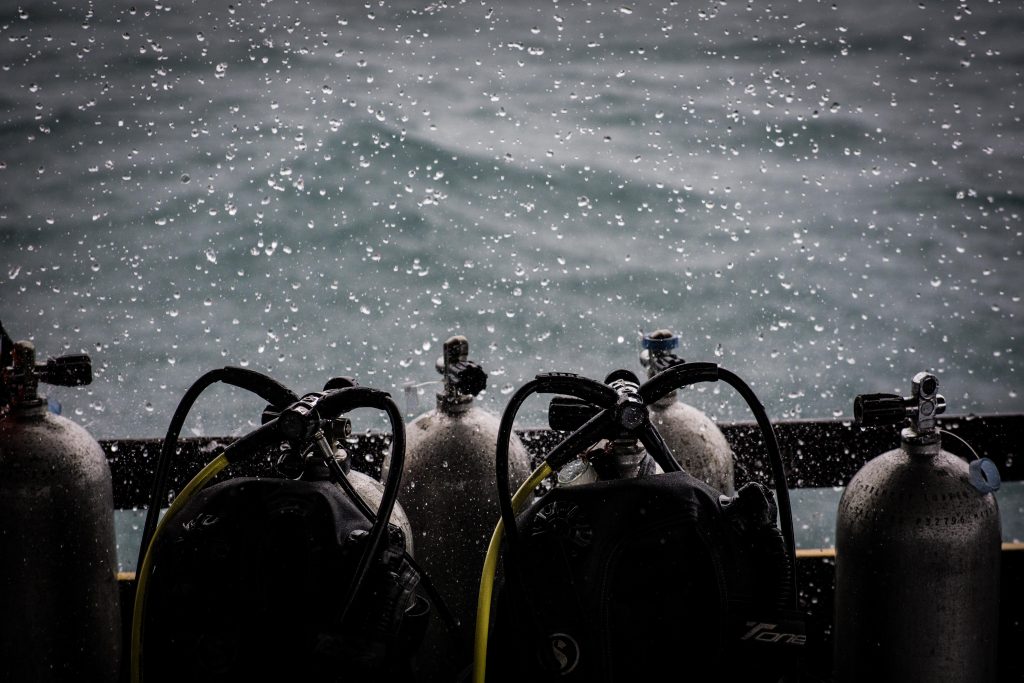
Time to go back to another popular post from a few years ago where we talk about facts. Facts of oxygen…
Oxygen surrounds us and is fundamental for life and yet we can take it for granted and not realise that it’s a lot more than just a component of the air.
- Our atmosphere today contains around 21 percent oxygen. About 300 million years ago oxygen levels reached 35 percent and insects were able to grow super-large- think dragonflies with the wingspans of hawks.
- Oxygen does not actually burn as people think it does. However it does support the combustion of other substances and without a supply of oxygen, combustion ceases. If you think about it, if oxygen itself actually burnt, simply striking a match would be enough to burn all of the oxygen in our planet’s atmosphere.
- Almost two-thirds of the weight of living things comes from oxygen, mainly because living things contain a lot of water and 88.9 percent of water’s weight comes from oxygen.
- Oxygen (O2) is very unstable in our planet’s atmosphere as it is very reactive and must be constantly replenished by photosynthesis in green plants. Without plant life, our atmosphere would contain almost no oxygen. If we discover any other planets with atmospheres rich in oxygen, we will know that life is almost certainly present on these planets as significant quantities of oxygen will only exist on planets when it is released by living things.
- The Northern (and Southern) Lights: The green and dark-red colours in the aurora Borealis (and Australis) are caused by oxygen atoms. Highly energetic electrons from the solar wind split oxygen molecules high in earth’s atmosphere into excited, high energy atoms. These atoms lose energy by emitting photons, producing awe-inspiring light shows. These usually occur in the polar regions because solar electrons will accelerate along our planet’s magnetic field lines until they hit the atmosphere in the polar regions.
- A common urban myth is that hyperventilation is caused by breathing in too much oxygen. When we hyperventilate, we breathe too quickly, and this can lead to symptoms such as headache, light-headedness, dizziness, chest pains, tingling, slurred speech, fainting and spasms. Hyperventilation actually causes us to get rid of too much carbon dioxide from our bodies. The trouble with this is that we need carbon dioxide in our blood to stop it from becoming too alkaline. When we hyperventilate, we lose too much carbon dioxide, which disturbs the balance of substances in our blood, causing its pH to increase; this causes the blood vessels leading to our brains to get narrower, slowing the blood flow and decreasing the amount of oxygen reaching vital organs, leading to the symptoms of hyperventilation.
- As a gas, oxygen is clear. However as a liquid, it’s pale blue. If you’ve ever wondered what swimming in a pool of liquid oxygen would be like, the answer is very, very cold,(according to Carl Zorn of the Thomas Jefferson National Accelerator Facility). Oxygen must get down to minus 297.3 F (minus 183.0 C) to liquefy, so frostbite would be a bit of a problem.
References: http://www.chemicool.com/elements/oxygen-facts.html and http://www.livescience.com/28738-oxygen.html




